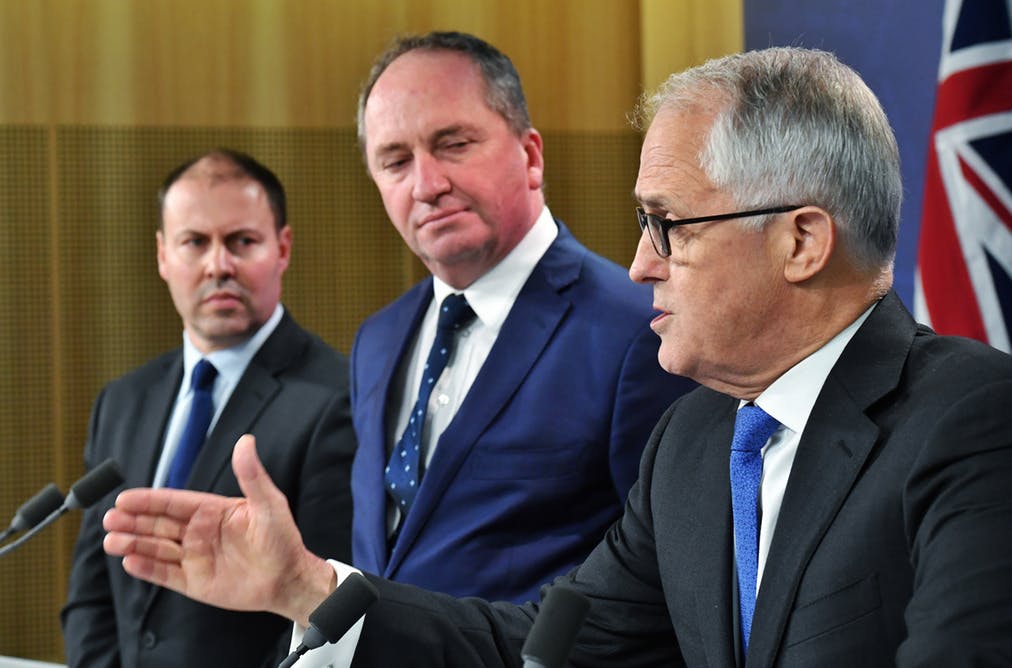This week, the federal government announced that they will be moving from the Clean Energy Target (CET) proposed by Chief Scientist Alan Finkel, to a new energy policy called the National Energy Guarantee (NEG). This is big news in the industry, after a tumultuous year and many months of indecision.
The states still need to accept the proposal but in all likelihood, the federal government will be setting an emissions reduction target and the Australian Energy Markets Commission (AEMC) will translate this into a target for each energy retailer and large energy user connected to the grid.
The proposed policy puts two major responsibilities on the electricity retailers and large energy users:
- A reliability guarantee to boost the reliability of the electricity market
- An emissions guarantee to reduce the emissions intensity of electricity supply
Under the reliability guarantee, the retailers will be contracted to supply enough 'dispatchable capacity' to meet a specified proportion of their peak load. 'Dispatchable capacity' refers to "non-intermittent" sources, such as coal, gas and batteries. However, major industry bodies including the Energy Efficiency Council have already pointed out that such a mechanism would not have prevented the recent blackouts in South Australia.
The new mechanisms would not have prevented the recent blackouts in South Australia.
Under the emissions guarantee, retailers and some other large energy users will be obliged to deliver electricity that has an overall emissions intensity below a specified level. The retailers can source electricity from any source, as long as the overall emissions intensity of supply is below the threshold.
Following the release of the ACCC’s preliminary report into the state of the Australian electricity market, the issues surrounding competition in the market have come to light and energy retailers (and gen-tailers) will be held to account in the coming years.
What does this mean for Australian households?
The most important take-away from the NEG announcement is that under the proposed model, there would be no subsidies for renewable energy after 2020. However, the information currently available suggests that any small-scale solar system installed prior to 2020 under the Small-Scale Renewable Energy Scheme will not be effected and STCs will still be honoured until 2030. The government has made it clear that its focus is on the cost of emissions reduction, not the promotion of clean energy technology. This means that it’s more important that ever to invest while subsidies for renewables and energy efficient technologies are still available.
The effectiveness of the NEG will depend on details that are yet to be released but the figures about price impacts (the average household saving $115 per annum between 2020 and 2030) are based on basic calculations and will certainly require further modeling.
Watch this space for more information as it becomes available or contact us today to discuss the subsidies available for residential solar energy.

Image Source: The Conversation

